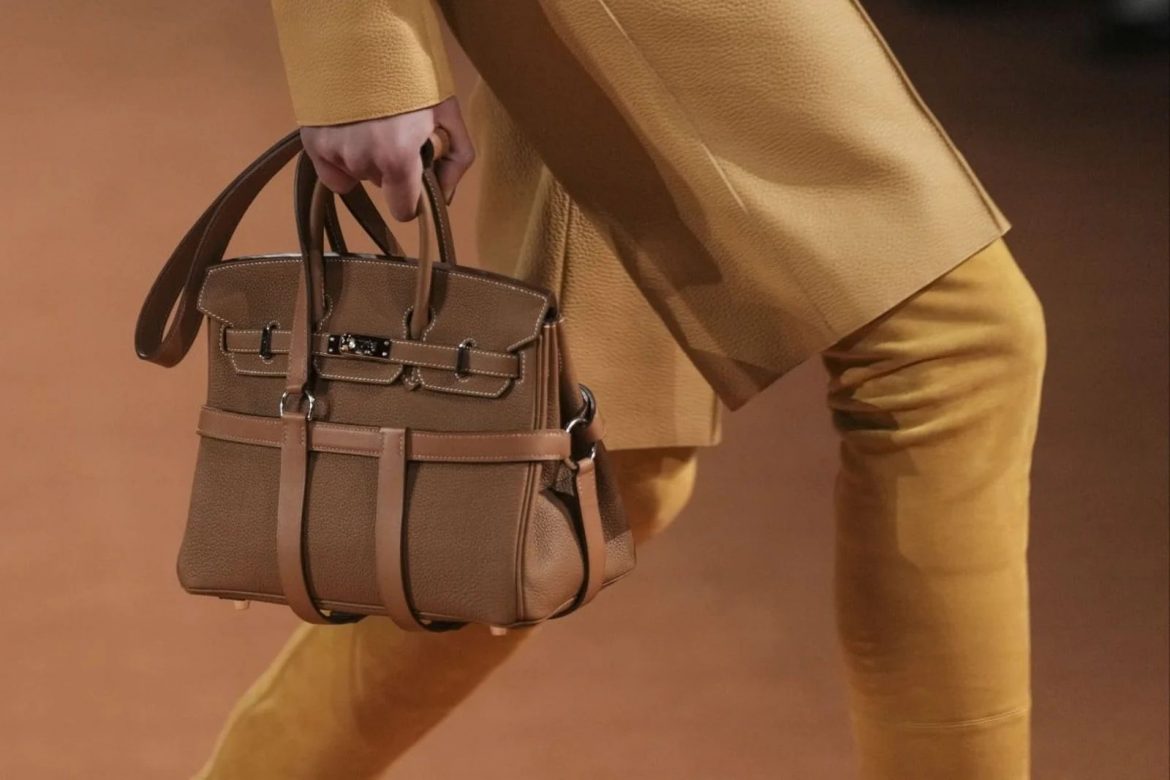To mark her 40th birthday, Hattie decided she wanted an Hermès handbag. Not a Birkin or a Kelly – she had been interested in fashion for long enough to know that you had to fight to get your hands on one of those – but a Constance in a pale mint green with a distinctive H on the buckle, for both the brand and her name.
Hattie’s husband took her to Paris to celebrate the big day and their plan was to visit the closest Hermès store to the hotel on the first morning to buy it.
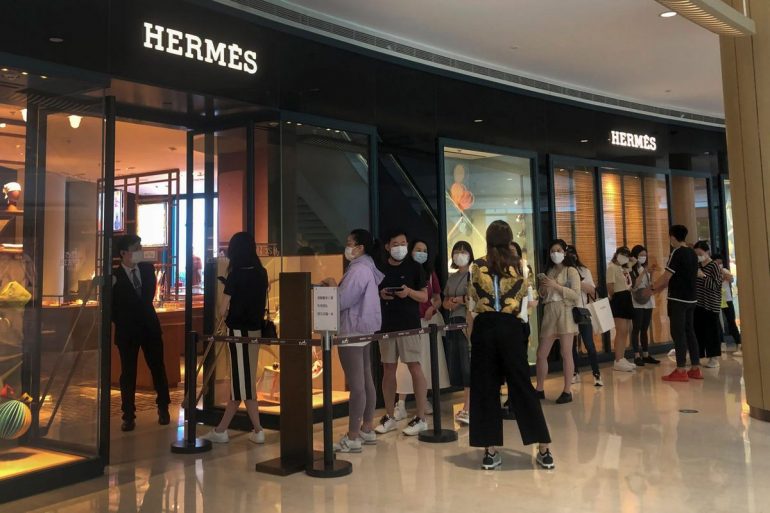
“I walked into the boutique assuming I’d walk out with it, which I now realise was naive,” she says. “They were very polite and let me look at all the different Constance models, but I couldn’t buy one because apparently there were not nearly enough bags to meet demand. Instead, I would need to ‘create a relationship’ with them first.”
When she asked how exactly she was expected to do that, they hinted heavily that she should purchase other products first, and only then would they put her on a waiting list for the Constance.
“It felt wrong on many levels and I was really disappointed,” she says. “I can’t afford to buy lots of very expensive Hermès scarves and other accessories I don’t need just so I’m in with a chance to get the one I actually do. My husband and I ended up going to another brand – but it left me with a bad taste in my mouth.”
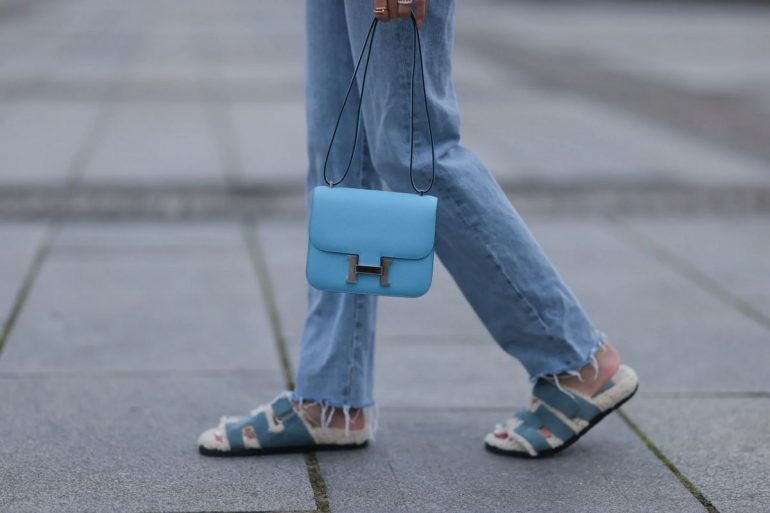
The Hermès bag drought is nothing new – after all, Lucy Liu appeared in a 2001 episode of Sex and the City that referenced how impossible it was to get your hands on a Birkin. But more than 20 years later, the rise of chat rooms devoted to this very topic has allowed customers to better understand quite how much money they need to spend on other goods before they get a whiff of Hermès leather.
These forums cite ratios of around 1:1. In other words, spending US$10,000 on silk scarves, clothes and homeware in countries like the US will put you on a fast track waiting list for a US$10,000 Birkin 25. If you want a particularly sought-after model, then you might need to spend more than it is actually worth.
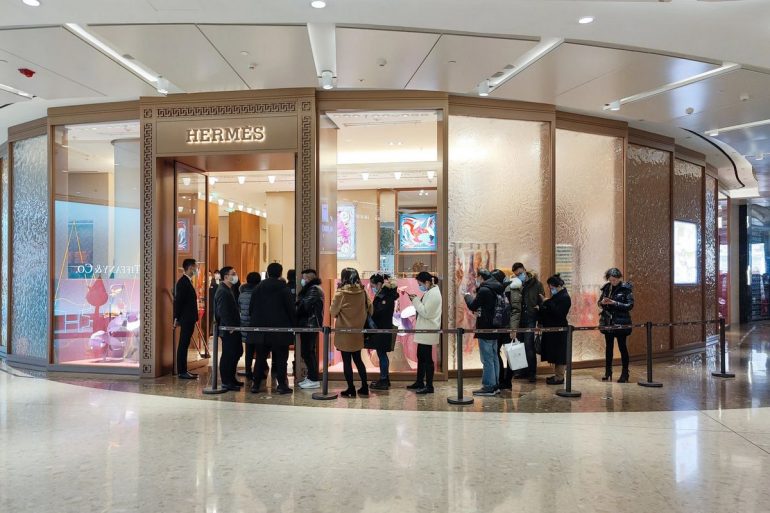
A viral #Hermèsgame hashtag has been created on TikTok in response to this. It has 65 million likes on the platform, and thousands of views on YouTube. In them, users from China describe these alleged practices as pei huo (which roughly translates as “matching purchase”). The videos often show unhappy customers endlessly buying fluffy sandals, key chains and belt bags while they wait for the one thing they actually want.
In China, this has led to protests, first in Beijing and then in Shanghai when a shopper claimed they had bought US$20,000 (150,000 yuan) worth of Hermès goods upon encouragement by the salesperson in order to get a Birkin in 2021, per Jing Daily. Before that, one Beijing-based Hermès customer was apparently so frustrated with his pursuit of a bag that he stood outside the brand’s store, holding up a sign saying, “Rubbish Hermès – pei huo but no bag,” as reported by Sixth Tone.
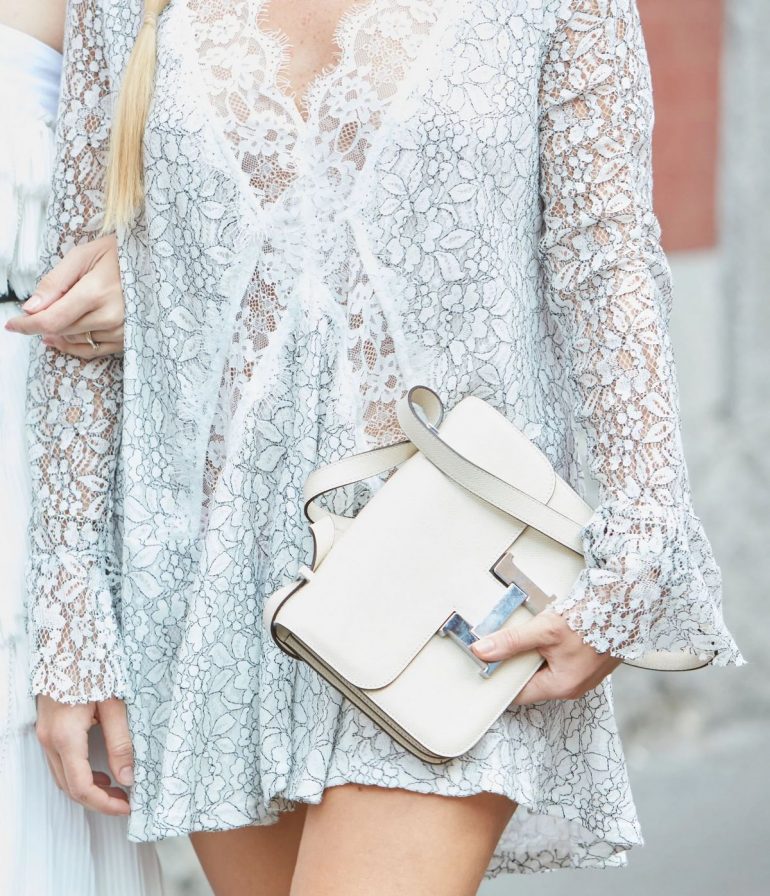
Hermès, however, insists that none of this is a policy, saying it “strictly prohibits any sales of certain products as a condition to the purchase of others”. And certainly, there are plenty of clients who share stories of buying bags with relative ease without being forced to take home dog beds and men’s underwear. Still, forums and social media beg to differ. Hermès allegedly doesn’t give commissions to store assistants when they sell particularly popular leather models, per Purseblog’s forums, which is surely an incentivisation to persuade people to buy other goods instead.
Equally, insisting that shoppers purchase horse saddles or tea flasks first, which have a far lower resale value, weeds out the “flippers” – shoppers who know they can double their money by placing a brand-new Birkin or Kelly on a resale site like Vestiaire Collective, also per Purseblog’s forums. This is essential for not only Hermès but for watch brands like Rolex – which have long adhered to the practice of only selling their most popular models to customers who have already bought other, less fought-over items, per WatchPro.
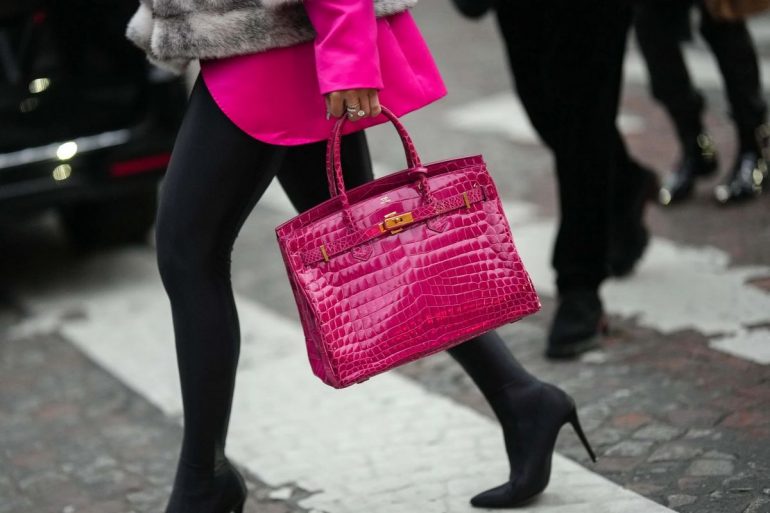
“Very desirable luxury brands can largely do what they want,” says Anita Balchandani, the head of luxury analysis at McKinsey. “If they want to increase prices or restrict goods, they can, unlike mid-market or even mass luxury brands. In many ways, it is good for business, as it ensures that the market will never be overwhelmed by one particular product, which would then become ubiquitous and no longer exclusive.”
Note: This story was originally published on SCMP and has been republished on this website.
